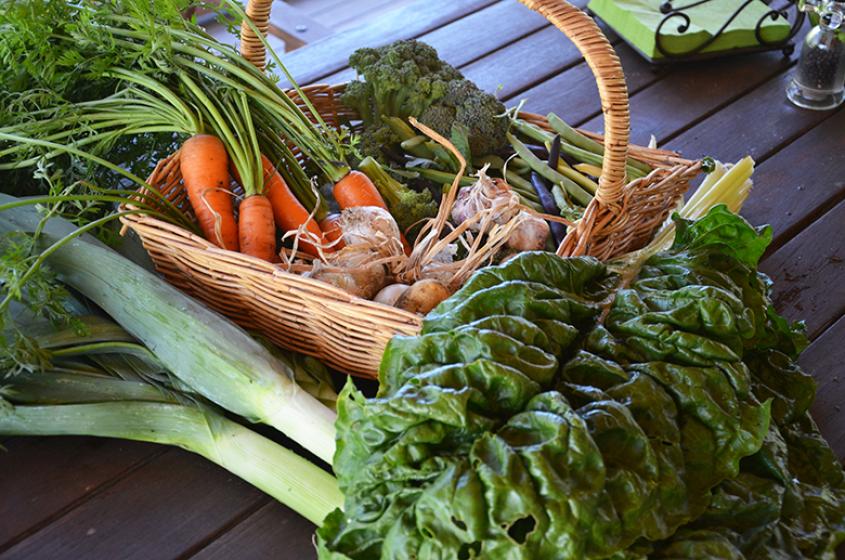Plant more warm-season veggies now for cool-season harvests.
by Kathy Van Mullekom, a lifelong gardener and gardening writer living in York County, Virginia
I grew up with a vegetable garden. Dad raised potatoes, string beans, corn, cucumbers, onions, squash and tomatoes – lots of tasty tomatoes. Mom canned beans and tomatoes and pickled cucumbers. It’s how our family of six ate healthy and fresh on the conservative income my father made at the local shipyard.
As an adult, Dad spoiled us with fresh tomatoes from a smaller garden, and Mom still put up string beans. To this day, I can’t eat canned string beans from the store, only fresh ones, because nothing else compares to what I have known.
Now, that my father’s veggie patch is gone because he’s in a retirement home and mom has passed on to her heavenly garden, I try my best to raise a few fresh veggies for the meals I fix me and hubby.
Around this time of year, by mid-July, I plant a second crop of vegetables, particularly tomatoes, so I have a fall crop. The process is called succession planting, a method that works really good for many crops, including lettuces and onions. It’s the best way to keep a continuous harvest. Succession planting is also the process of planting something where you removed plants – such as summer corn after spring peas. Before putting in any new plants, always add some aged compost to the soil to replenish it for good plant growth.
When you plant new tomatoes, plant them deep for strong root growth. Stake as needed, and you’re your fingers to remove small, lower leaves, or suckers. You can root suckers in jars of water, and plant them after roots develop.
My favorite tomatoes include sandwich-slicing styles, as well as cherry tomatoes I eat on salads and as snacks. There’s always a plate of bite-sized tomatoes on the laundry counter so I can grab a few as I go out the door. During summer, a tomato snack refreshes me as much as a cool glass of lemonade.

